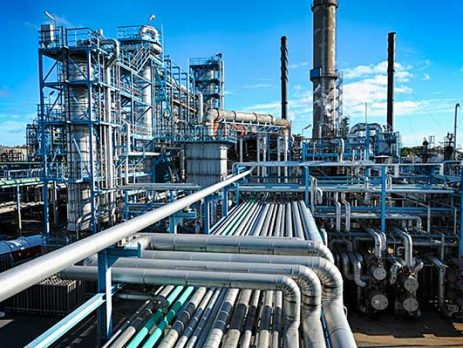Where to Install CO2 Detectors in the Workplace
Introduction
When it comes to workplace safety, carbon dioxide (CO2) detection is often overlooked but is crucial in environments where CO2 is used or produced. Whether in an office, industrial setting, or commercial space, knowing where to install CO2 detectors can make a significant difference in maintaining a safe environment. This guide will walk you through everything you need to know about installing CO2 detectors in your workplace.
Why CO2 Detectors Are Important in the Workplace
CO2 is a colourless, odourless gas that can become dangerous at high concentrations. Excessive CO2 exposure can lead to headaches, dizziness, and in extreme cases, unconsciousness. Particularly in confined spaces or areas with limited ventilation, CO2 build up can happen quickly and without warning.
Key Benefits of Installing CO2 Detectors
Ensures Employee Safety: Detects CO2 build up before it becomes dangerous.
Regulatory Compliance: Helps meet workplace safety standards and regulations.
Peace of Mind: Monitors air quality consistently and reliably.
Where to Install CO2 Detectors: Room-by-Room Guide
1. In Areas with CO2 Production or Storage
Example Locations: Laboratories, breweries, refrigeration rooms, or any area with gas cylinders.
Installation Tip: Mount the detector 12-24 inches above the floor since CO2 is heavier than air.
2. Near Potential CO2 Leak Sources
Example Locations: Near HVAC systems, gas lines, and equipment that uses CO2.
Installation Tip: Keep the detector within a 5-foot radius of the potential leak source for optimal performance.
3. Confined Spaces
Example Locations: Basements, storage rooms, and enclosed industrial spaces.
Installation Tip: Position the detector at breathing level, usually around 3-6 feet off the ground.
4. In Occupied Workspaces
Example Locations: Office areas, meeting rooms, and employee break areas.
Installation Tip: Install at eye level to monitor the air quality where people spend the most time.
5. Ventilation and Airflow Areas
Example Locations: Near air vents or where airflow is restricted.
Installation Tip: Avoid placing detectors directly in front of air vents to prevent inaccurate readings.
Best Practices for Installing CO2 Detectors
To ensure optimal performance, avoid installing detectors behind furniture, curtains, or any other objects that could obstruct their function. Regular maintenance is also essential, so test detectors frequently and replace batteries as needed to keep them in working condition. Additionally, always follow the manufacturer’s guidelines, as specific installation instructions can vary by device. By taking these simple but crucial steps, you can maximise the effectiveness of your detectors and enhance safety in your home.
Common Mistakes to Avoid
Installing CO2 detectors at the correct height is important for accurate gas detection. If they are placed too high or too low, they may not function efficiently. Additionally, neglecting regular maintenance, such as testing the detectors, can result in faulty alarms or, even worse, undetected hazards.
Proper placement is equally important, so positioning detectors in corners or behind obstacles can significantly reduce their effectiveness. To ensure safety, it’s essential to install them correctly, maintain them regularly, and place them in optimal locations.
Conclusion
Installing CO2 detectors in the right locations within your workplace is critical for safety, compliance, and peace of mind. By following these guidelines, you can ensure that your workplace is well-protected against CO2 hazards. If you’re unsure about the best setup for your specific environment, consult with a safety professional to tailor a solution that meets your needs.
